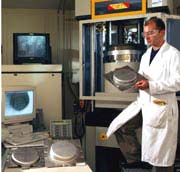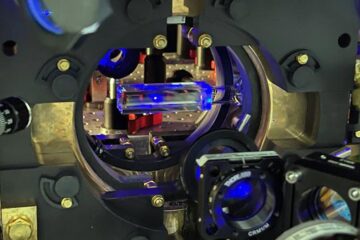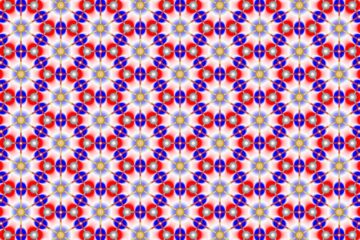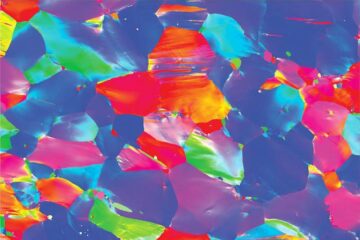Latest News

University of Toronto professor turns hemp into auto parts
If Mohini Sain has his way, cars of the future may be fitted with tough, durable and completely biodegradable bumpers made of hemp.
Sain, a professor in the University of Toronto’s Faculty of Forestry and Department of Chemical Engineering and Applied Chemistry, creates biocomposites from processed plant fibres. His latest research, published in the August issue of Materials Research Innovations and the July issue of Macromolecular Materials and Engineering, describes a way to create a

Metal stamping project aims at cutting manufacturing costs
With new, one-of-a-kind test equipment, National Institute of Standards and Technology (NIST) researchers aim to stamp out costly, delay-causing errors in the design of dies used to make sheet-metal parts ranging from car hoods to airplane wings to pots, pans and cans.
The U.S. auto industry alone is estimated to spend more than $700 million a year on designing, testing, and correcting new dies for its latest models, each containing about 300 stamped parts shaped by dies and presses. About

Infants can use previous observations to interpret new ones
Twelve-month-old infants can use previous observations as a basis to understand new interactions, although five-month-olds cannot, according to a Yale study.
“This finding shows not only that one-year-old infants are paying attention to the actions of others, but that they can focus on a behavior in one scene and use that information to interpret behavior in a different scene,” said Valerie Kuhlmeier, a postdoctoral fellow in the Department of Psychology and lead author of the study

On the antiquity of pots: New method developed for dating archaeological pottery
The contents of ancient pottery could help archaeologists resolve some longstanding disputes in the world of antiquities, thanks to scientists at Britain’s University of Bristol. The researchers have developed the first direct method for dating pottery by examining animal fats preserved inside the ceramic walls.
Archaeologists have long dated sites by the visual appearance of pottery fragments found around the site. The new analytical technique will allow archaeologists to more accurate

Disrupting two cell mechanisms in combination can suppress aggressive breast cancer in mice
Targeting angiogenesis alone not effective
Scientists at Memorial Sloan-Kettering Cancer Center and colleagues found that by inhibiting both the proteins responsible for breast cancer growth and those required for the formation of new blood vessels, they could more effectively suppress the growth of extremely aggressive breast tumors in mice. In a surprising finding, the researchers showed that mice harboring a mutation commonly found in human breast cancers developed tumors that were

Non-human Molecule Is Absorbed by Eating Red Meat According to Study by UCSD Researchers
A non-human, cellular molecule is absorbed into human tissues as a result of eating red meat and milk products, according to a study by researchers at the University of California, San Diego (UCSD) School of Medicine, published online the week of September 29, 2003 in Proceedings of the National Academy of Sciences. The researchers also showed that the same foreign molecule generates an immune response that could potentially lead to inflammation in human tissues.
Several previous studies ha











